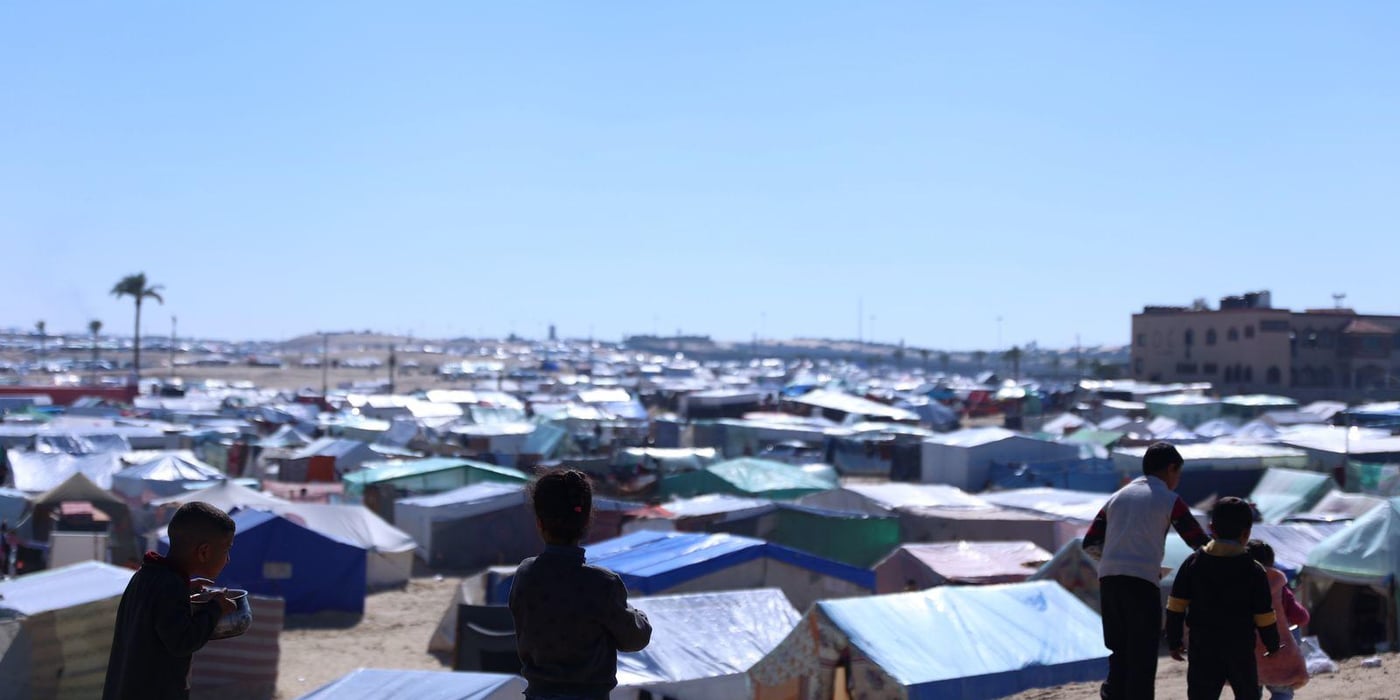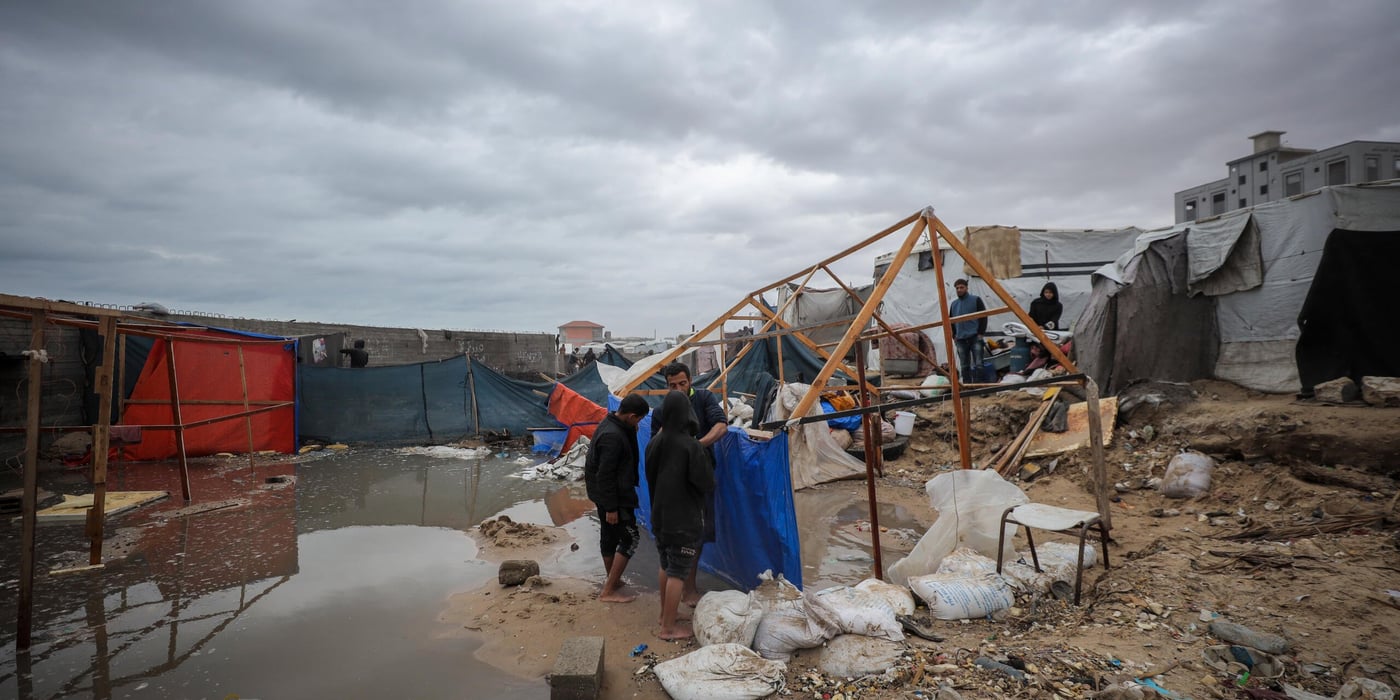
“An expansion of hostilities could turn Rafah into a zone of bloodshed and destruction that people won’t be able to escape. There is nowhere left for people to flee to,” said Angelita Caredda, the Norwegian Refugee Council’s Middle East and North Africa Regional Director. “Conditions in Rafah are already dire, and a full-scale Israeli military operation will lead to even more loss of civilian life. Aid workers have been grappling with insecurity and insufficient aid for months. Attacks in areas where they provide food, water and shelter means this life-saving support will be impeded, if not entirely stopped.”
Rafah, 63 square kilometres in size, is now the most overcrowded governorate in the Gaza Strip with an average density of over 22,200 per square kilometre, five times its pre-conflict levels. Increased access to life saving assistance is crucial for the 1.4 million Palestinians now crammed into the area – or two-thirds of Gaza’s population.
Any further deterioration in humanitarian conditions in Rafah would be catastrophic as disease and starvation already persist among the displaced population. An NRC assessment of nine shelters hosting 27,400 civilians in Rafah found that people had no drinking water, showers, or personal hygiene items. The shelters operated at 150 per cent capacity as hundreds of displaced people spent the night on the street. Diseases, including hepatitis A, gastroenteritis, diarrhoea, lice and influenza were reported in every location assessed. Expanded hostilities in Rafah could collapse the humanitarian response.
Military ground operations in and around residential areas in Khan Younis have also intensified, where the latest relocation orders have pushed people to the outskirts of the governorate and into Rafah. These relocation orders have not included guarantees of safety, accommodation and return, and therefore amount to forcible transfer.
“Repeated relocation orders issued by Israeli authorities over four months of hostilities have forced tens of thousands of people to flee multiple times to areas that are not safe and where shelter is not available,” said Caredda. “Palestinians are being pushed into tiny corners, narrow alleys, and overcrowded shelters while residential areas continue to be pounded.”
Israel originally designated some of the relocation areas as ‘safe zones’, but they have been heavily bombarded. The UN estimates that 67 per cent of the Gaza Strip, or 246 square kilometres, has been placed under evacuation orders.
NRC calls on Israel and Palestinian armed groups to agree to an immediate ceasefire, which is vital for saving lives and scaling up humanitarian assistance.
Notes to editors
- Between 7 and 27 of January 2024 NRC carried out a comprehensive assessment of 9 collective sites in Rafah governorate in Gaza, focusing on demographics, sectorial interventions and gaps and community needs.
- Evacuation data is extracted from OCHA’s flash updates.
- According to the Palestinian Central Bureau of Statistics, Rafah Governorate’s population stood at 263,876 in early 2022. Since the hostilities, the population has increased to 1.4 million, an increase of 5.3 times.
- While the number of people displaced is estimated to be 1.7 million, reports show people have been displaced repeatedly. NRC teams have reported families displaced five or six times since the start of the hostilities.
- At least 69,000 housing units in Gaza have been destroyed, while 290,000 other homes have been damaged, according to the NRC-led Shelter Cluster. The amount of debris exceeds 8,000,000 metric tonnes and will take three years to remove.
For more information or to arrange an interview, please contact:
- NRC global media hotline: media@nrc.no +47 905 62 329
- Ahmed Bayram, Middle East Media Adviser, in Amman: ahmed.bayram@nrc.no +962 79 0160147



